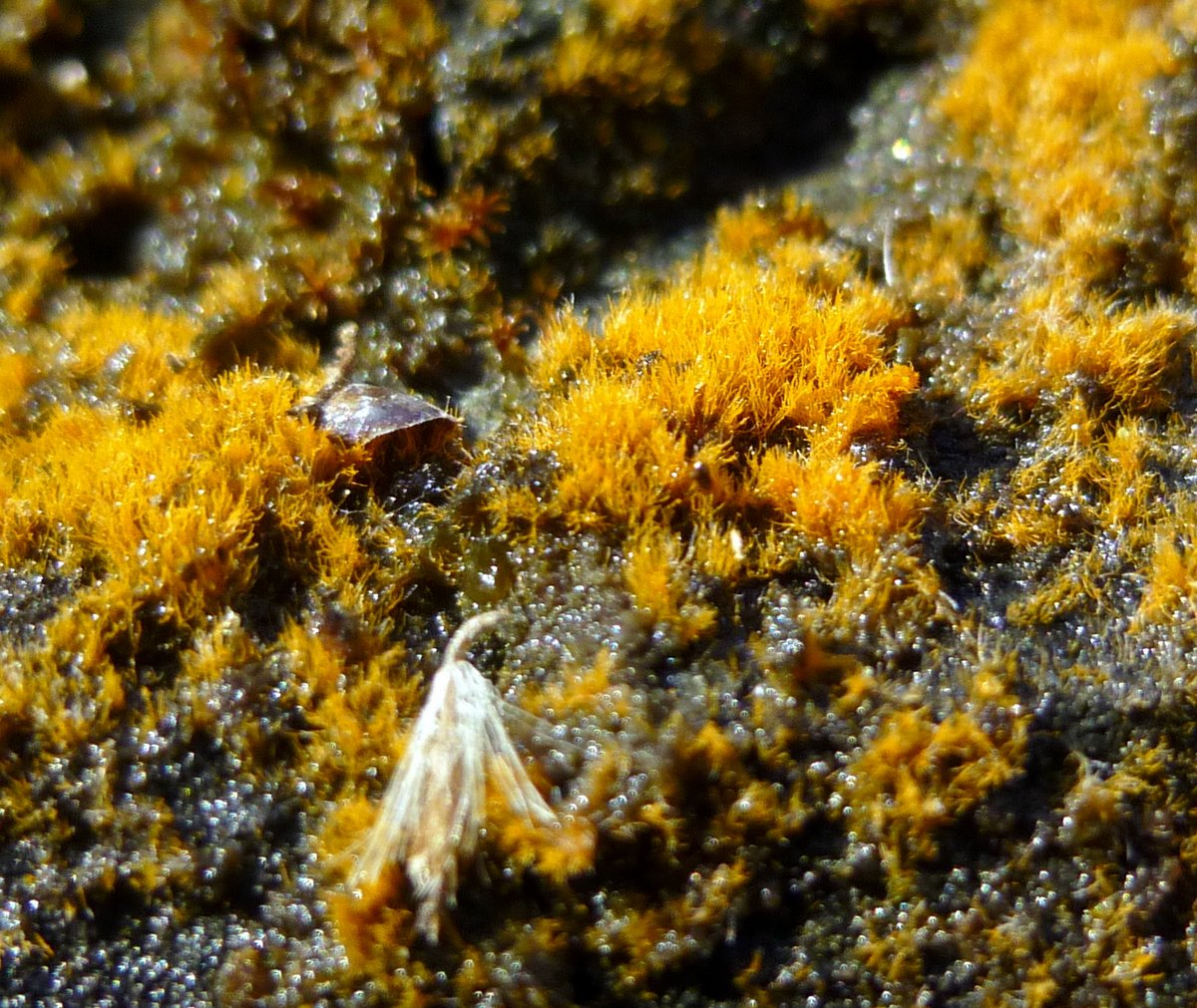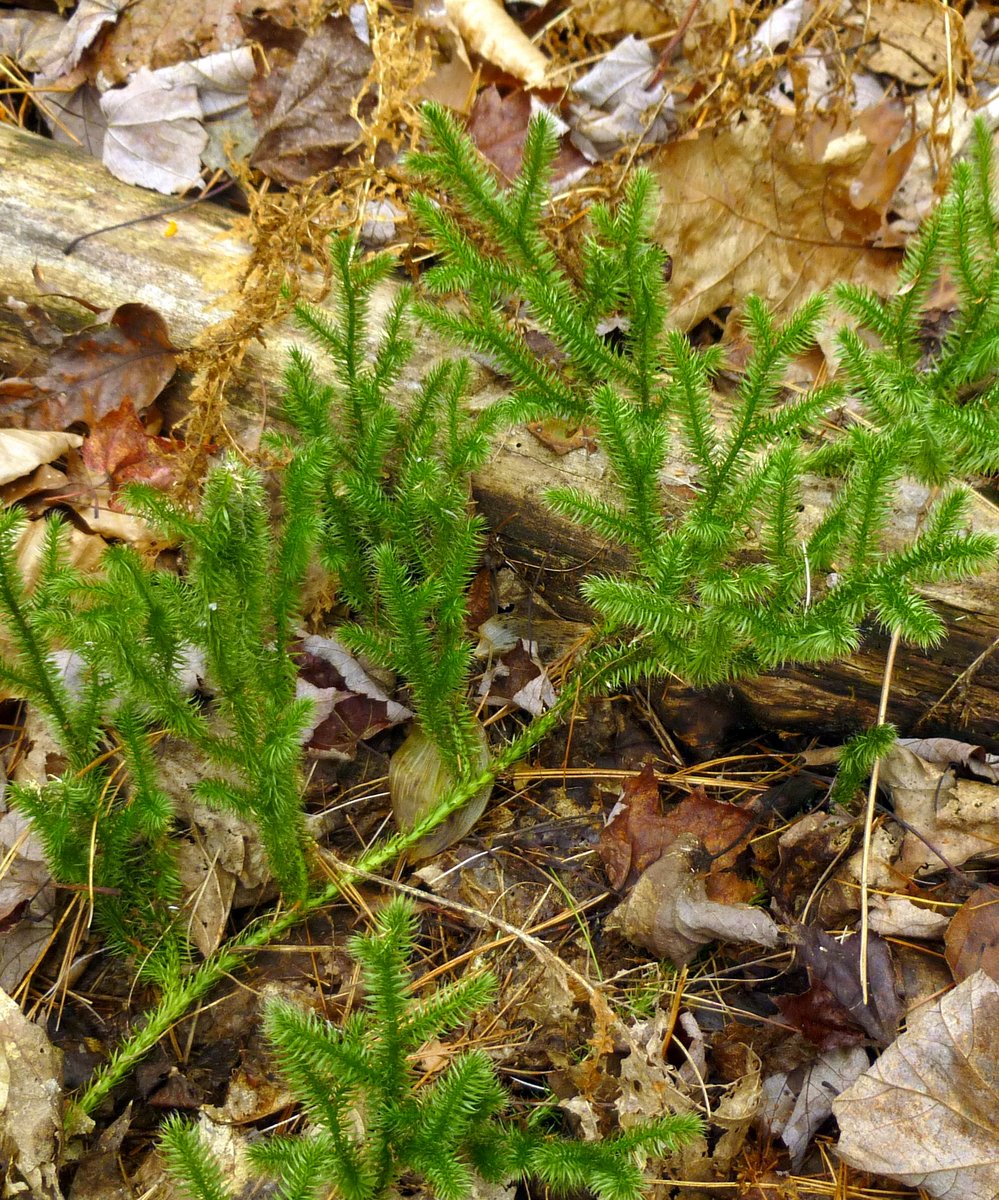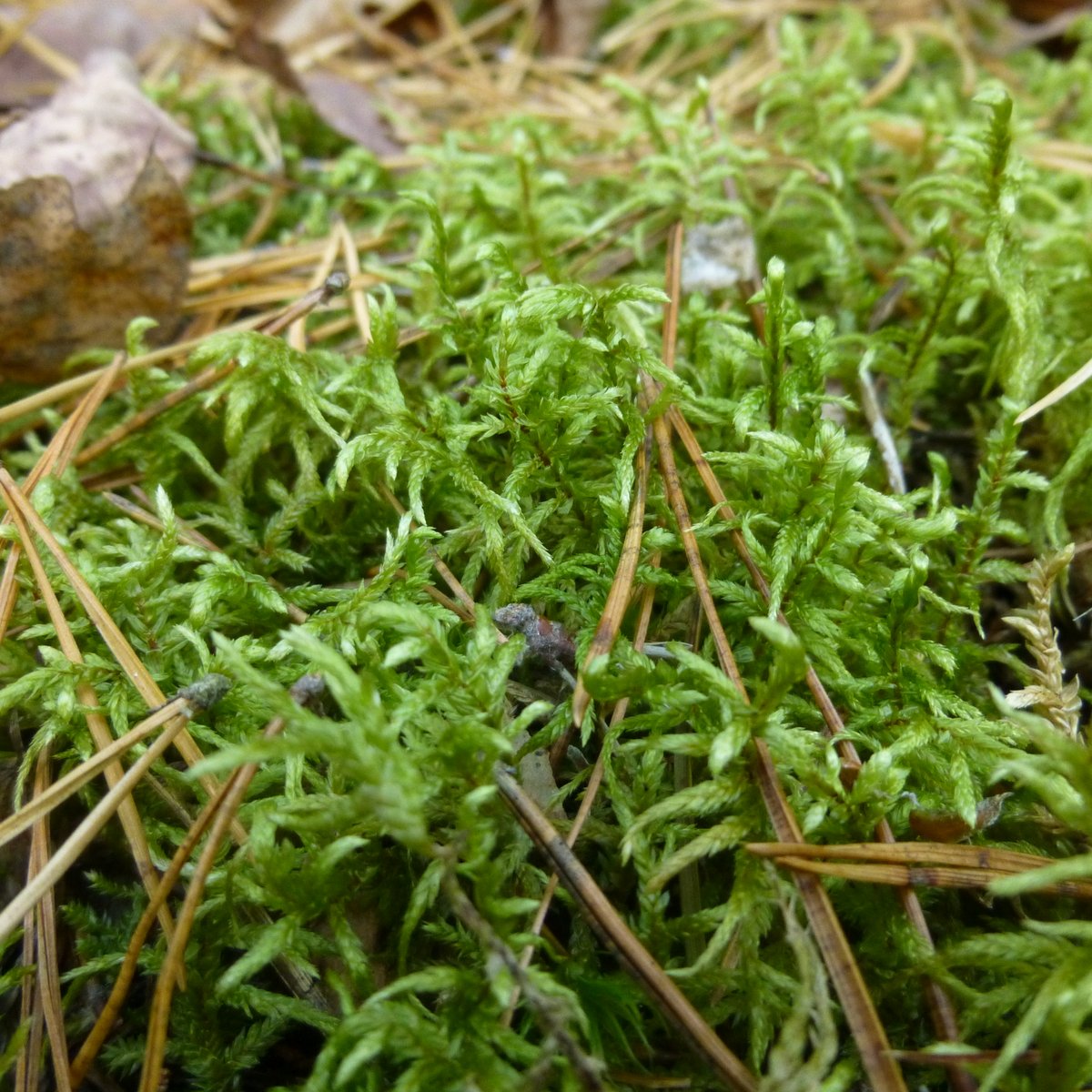
On Easter Sunday I thought, since it was such a beautiful day, that I’d head up to Westmoreland to see if I could find some of the beautiful blue spring shoots of the blue cohosh plant that grows here. I found them last year but I was about two weeks late because they had already started turning green.

Right off I saw a red elderberry (Sambucus racemosa) with flower buds. This was a surprise since the others I’ve seen haven’t even broken bud yet. Had I been earlier the finger like leaves would have been deep purple. The purple flower buds will quickly turn green before blooming into a head of small, white flowers, and if pollinated they will become bright red berries.

I saw lots of railroad artifacts here on this day, including this old signal base.

I was shocked to find the buds of striped maples (Acer pensylvanicum) showing. I think this is the earliest I’ve seen this happen. As the buds grow they will become beautifully colored in pink and orange.

There are lots of beech trees up here but the buds didn’t show any sign of swelling or lengthening. They will become one of the most beautiful things found in a spring forest when the buds break and the leaves start to show. It won’t be long!

Last year’s beech leaves have turned white and become thinner than paper, and the wind easily strips them from the branches at this stage. There are lots of theories about why beech leaves keep their leaves all winter, including to discourage deer from eating their buds, but nobody really knows for sure.

This pile of old railroad ties brought back memories. I grew up just a few yards from railroad tracks and seeing all the rails and ties torn up after the trains stopped running hit me almost like a death in the family would have. For many years I didn’t go near a rail trail but then, after some gentle prodding by an old friend, I started walking them. I’ve been glad ever since that they are here to enjoy; they’re much easier to hike than the tracks were.

I saw a tie plate lying beside the trail.

Someone had found an old rail anchor and placed it on a stone. Rail anchors were used, as you would guess, to keep the rails from moving. Eight were used on each 39 foot length of track but their numbers were increased as the grade steepened. Four of them in original as found condition will cost you $36.00 online.

There are a few old box culverts out here, still doing their job of keeping streams from washing the railbed away. This stream had dried up but I think it only runs in heavy rains or when the snow melts.

I was a little apprehensive when I reached this point because this is very near where I met up with the biggest bear I ever want to meet in the woods. That happened a couple of years ago on just about this date but on this day the bear had apparently gone over the mountain.

In case you missed it the first time, here is the bear I saw that day. It was big and it just stared, and that was a bit unnerving. Thankfully it let me leave and didn’t follow. I doubt that I’ll ever forget it.

Grapevines were hanging on to any branch they could grab. This is how they climb trees to get into the crown where there is more sunshine.

I was getting close to where the cohosh grows when I stopped to take this shot. There was bright sunshine when I started out but high thin clouds had made the light flat and strange by this time.

Finally I reached the ledges, cut through the hillside by the railroad, and the mosses glowed.

Marks from the old steam drills can be seen here and there. These holes would have been filled with black powder. You basically lit the fuse and ran, and then you cleaned up all the blasted rock.

I was surprised to find icicles on the ledges but it had been a cold night. They were falling fast after a the sun reached them though, so I had to make sure there were none above me when I got close to the ledges. You can just see a wild columbine to the left of the icicle, and that’s why I wanted to get close to the ledges.

I’m beginning to wonder if they aren’t evergreen. I used Google lens on this plant to see if it could identify it and it came back with Aquilegia canadensis, which of course is correct.

Unfortunately it couldn’t identify this moss that you see covering the ledges because it is so tiny I couldn’t get a shot of it with my phone. I’m still looking through my moss books for it. It forms huge mats here on the stones.

I tried Google lens on this fern and it came back with evergreen woodfern (Dryopteris intermedia), which I think is correct.

Its stalk (stipe) was very scaly and I was surprised that I had never noticed this. I’ve seen scales on lady ferns but there are actually three ferns with scales; spinulose ferns also have them. I haven’t seen any fern fiddleheads yet.

I never did find the blue cohosh but trying to remember where a one inch tall shoot once was in such a large area can be difficult, even though I recognized the stone and log it had been growing near. I’m sure I’ll see the plant with its leaves when I come back to see the wild columbines blooming in early May. Purple trillium, Jack in the pulpit, herb Robert, and many other plants also grow here.

Baby tooth moss (Plagiomnium cuspidatum) lit up a bit of ledge. I can’t think of another moss with so many spore capsules. They start off straight up and pointed like toothpicks and then begin to swell and turn downward. I have it growing in my yard and it’s cheering to see how it glows in the afternoon sunshine.

Cushion moss (Leucobryum glaucum) reminded me of little Miss Muffet’s tuffet. This moss can appear silvery, white, bluish green or grayish green but it always forms a thick cushion and stands out from the mosses that might surround it. It likes plenty of water and shade and grows on rotting logs or on stone when there is enough soil. It is probably the easiest of all the mosses to identify.

How soft and sweet the breeze was, and how warm the sun. I could easily imagine it being an early summer day but anyone who has grown up in New Hampshire knows what a changeable month April can be, and he knows what might seem a soft caress one day could quite likely seem a hard slap the next. Best not to be daydreaming about the coming summer I reminded myself, there was plenty to love about this day.
Landscapes have the power to teach, if you query them carefully. And remote landscapes teach the rarest, quietest lessons.” –David Quammen
Thanks for stopping in.





























































